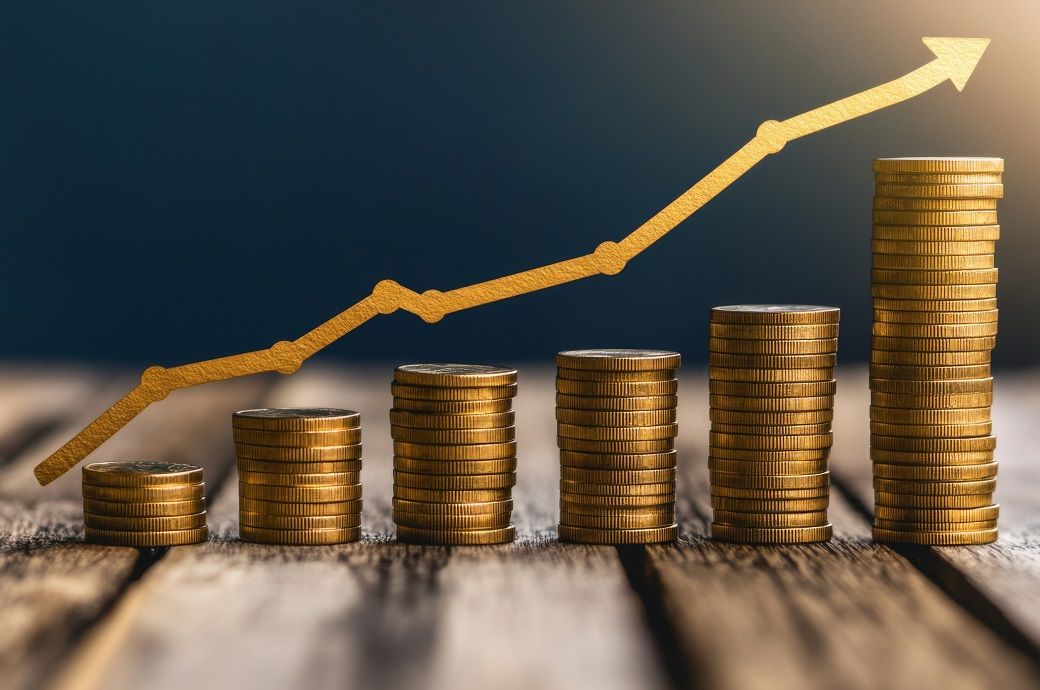
Growth is expected to be driven by a revival in private consumption as inflation eases, improving household purchasing power. This recovery has been pivotal in the turnaround of policy rates, allowing for a relatively dovish monetary policy stance.
However, economic recovery is not uniform across the region.
Western Africa, particularly the countries affected by coups, is struggling to revive consumption under pressure and teeters on the edge of a second wave of inflation.
Similarly, Central Africa continues to experience inadequate economic recovery. In nations like Angola and Ghana, inflation remains persistently high, delaying the inflection point for rate cuts, the DNB document observed.
East African economies are expected to sustain high growth rates, with Kenya projected to regain its position as one of the largest economies in the region.
Although the short-term outlook for Southern African countries has improved due to easing inflation, they continue to face low growth owing to structural issues such as high unemployment and energy shortages.
Sub-Saharan Africa’s recovery will be contingent on the future trajectory of commodity prices, with climate change and geopolitical risks shaping a cautiously optimistic outlook for the region, DNB noted.
Inflation across sub-Saharan Africa is showing signs of easing; however, it is also susceptible to climate-related risks and the subdued recovery of commodity prices. Extreme weather events and concerns over food insecurity are expected to keep prices high in Eastern Africa, including in Ethiopia and Malawi.
Interest rates across sub-Saharan Africa are inching down as recovery prospects allow for a more accommodative monetary policy, providing relief from previously stringent measures. Except for Nigeria, the region is moving towards relative stability, with interest rates peaking in major economies.
Despite this easing, interest rates remain significantly high, keeping borrowing costs and debt burdens unsustainably elevated.
Over half of sub-Saharan African countries are grappling with unsustainable debt, with many nations dedicating over 45 per cent of their revenues to debt servicing last year.
Fibre2Fashion News Desk (DS)